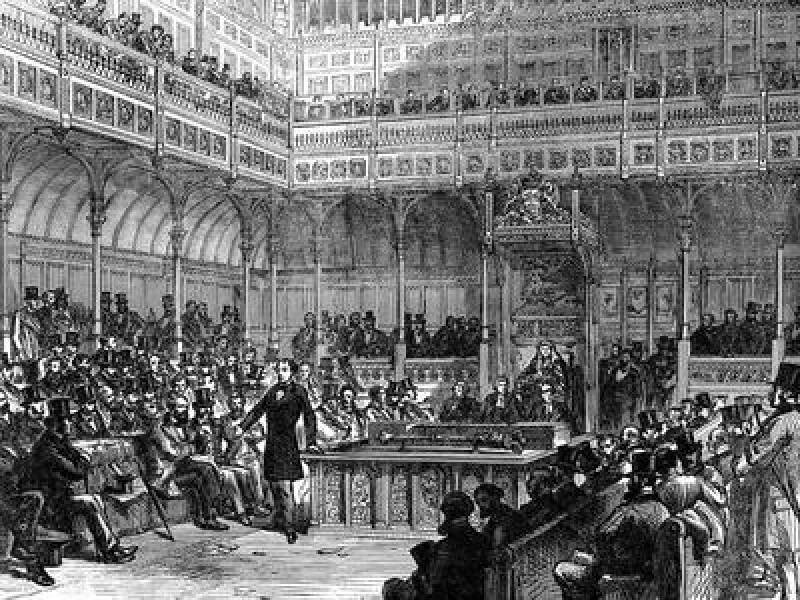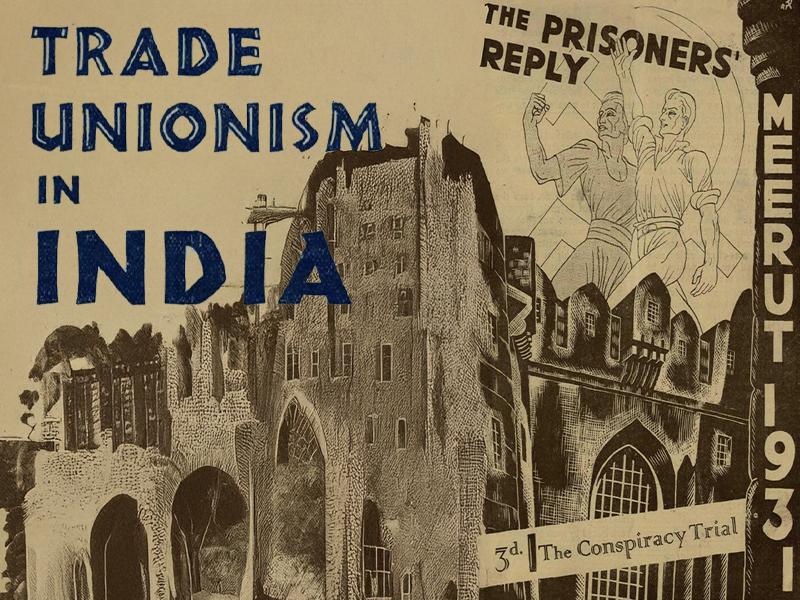British Women Trade Unionists on Strike at Bryant & May, 1888

Bryant & May Matchwomen's Strike, 1888
Using Bryant & May's own material, combined with contemporary accounts in personal journals and diaries as well as newspapers, it was possible to reconstruct the events of the strike in detail, and show its seminal importance to a new wave of trades unionismHistorian and author of 'Striking a Light'.
Access the full collection
Access the full archive of British Women Trade Unionists on Strike at Bryant & May, 1888.
Institutional Free Trial
Start your free trialRegister for a free 30-day trial of British Women Trade Unionists on Strike at Bryant & May, 1888, for your institution.
Institutional Sales
Visit Sales PagesellFor more information on institutional access, visit our sales page.
Single User License
Purchase a license below to view the full collection.
Already have a license? Sign in.
Explore the stories of the women of the Match Worker’s Union

In 1888, women and girls employed as match workers by Bryant & May in the east end of London went on strike. Earlier that year, the socialist campaigner, Annie Besant, published an article called “White Slavery in London”, revealing the terrible working conditions and low wages suffered by the “match girls” employed at the factory. This included dangers to life: workers could get “phossy jaw”, or phosphorus necrosis, a deadly form of bone cancer, from exposure to the poisonous fumes of the yellow phosphorous used to make matches.
The women in the factory formed a trade union, which came out on strike. They had the support of some of the press, and many in respectable Victorian society. The owners gave in to demands, ending the strike. This was the first time that a union of unskilled workers had succeeded in striking for better pay and working conditions in London. It was not until 1901, however, that Bryant & May stopped using phosphorous in their matches.
Contents
British Women Trade Unionists on Strike at Bryant & May, 1888...
Bryant & May Matchwomen's Strike, 1888
Discover
Volumes
Insights
- These records provide a rare insight into the industrial practices and attitudes of the 19th century. Papers on the 'sweating system' cover a range of businesses and industries.
- Coverage of the strike includes shareholders' reactions to claims made by Wilberforce Bryant as well as reactions to the strike by journalists and politicians.
- Charles Dickens' journal Household Words features within papers from the early years of Bryant & May. The volume from May in 1852 includes a description of the damage done by phosphorus necrosis.
Unlock Historical Research for Your Institution
Provide your students and researchers with direct access to unique primary sources.









-colour.svg)



